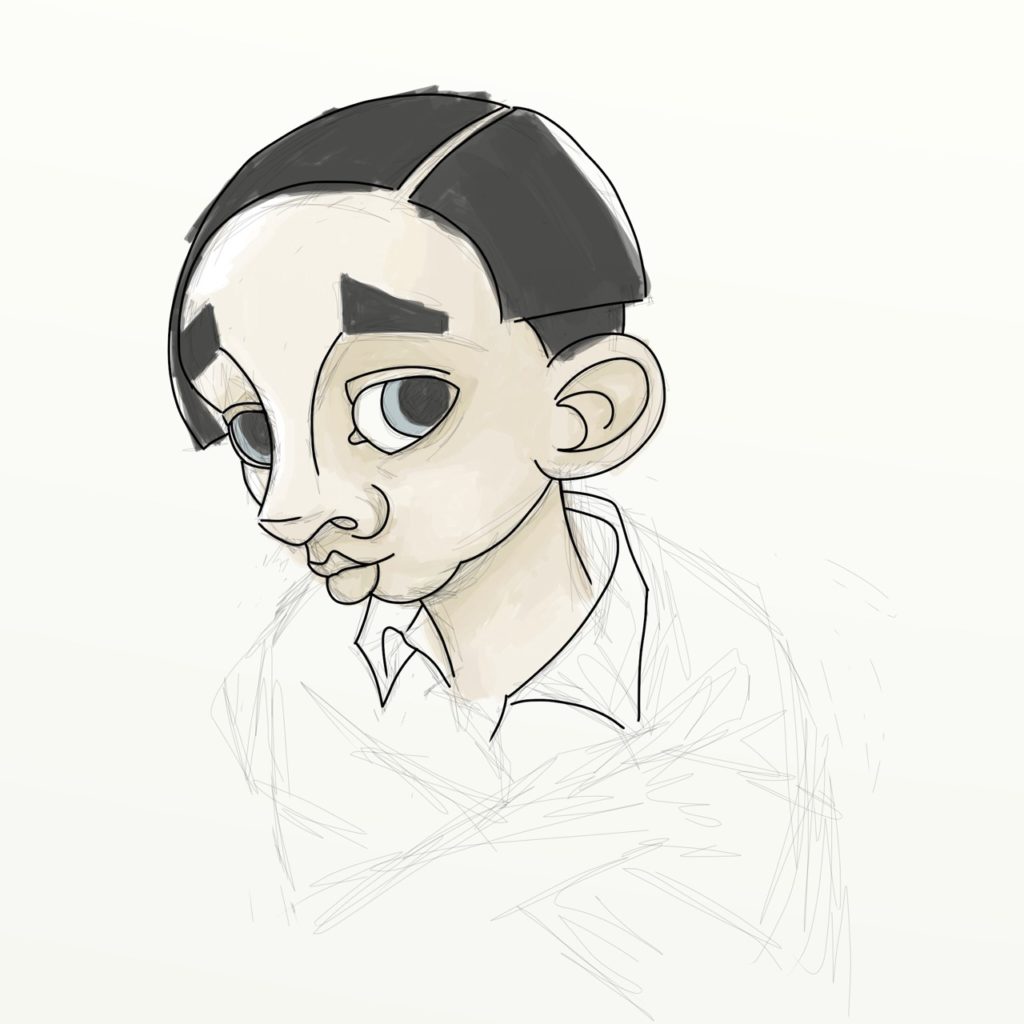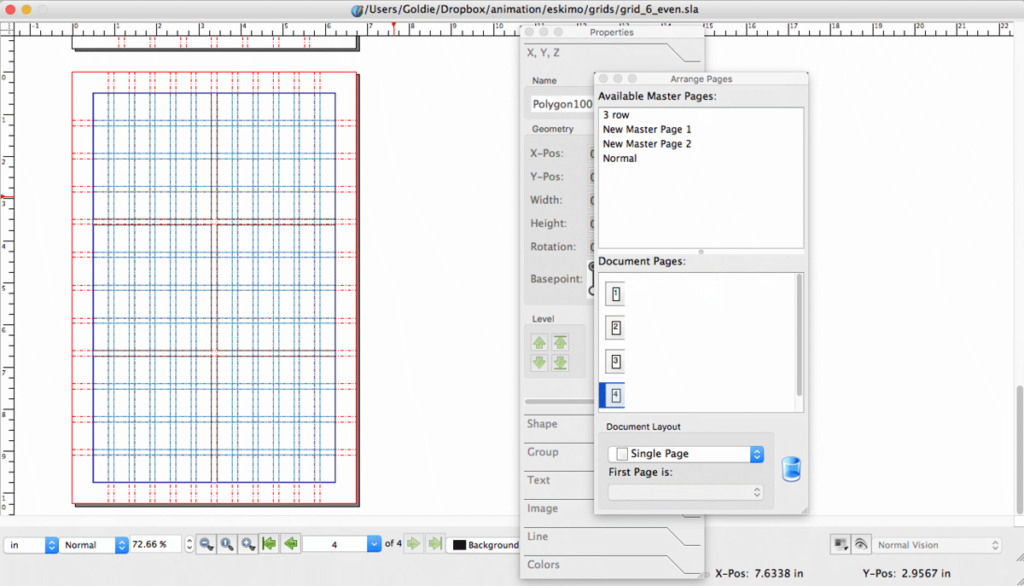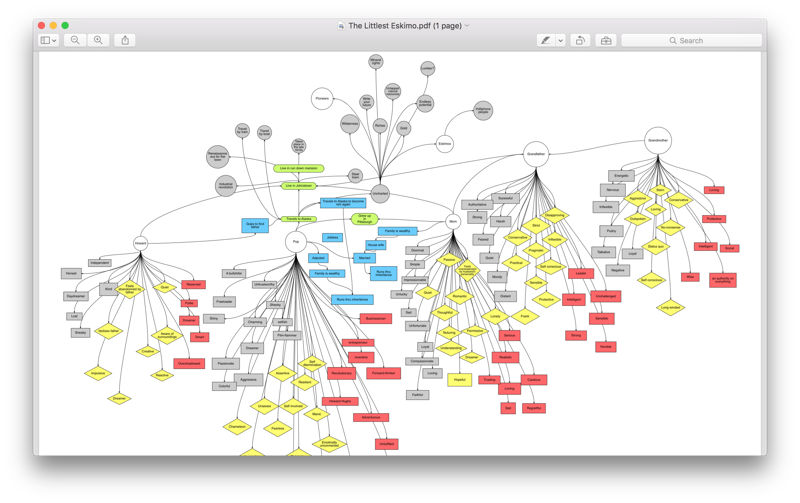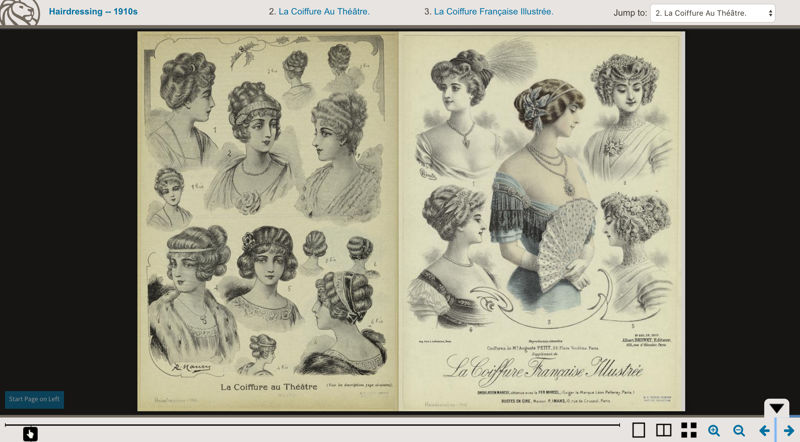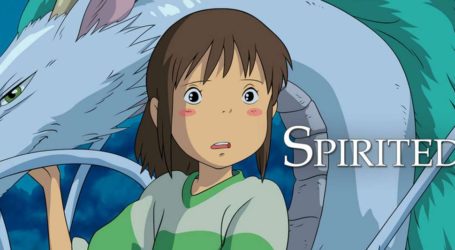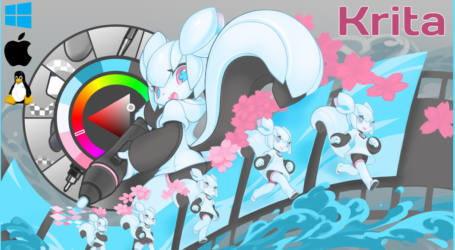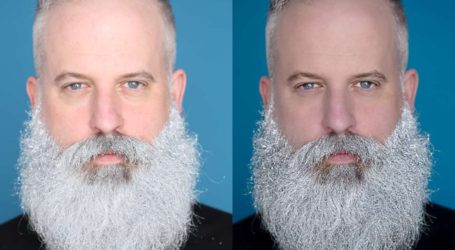FOSS Fixins: Essential tools for reviving my stalled-out project
Sometimes life gets in the way of working on passion projects. I have to admit that I’m easily distracted and the first to abandon one project for another. In the next six months I’ll be defining goals for myself so I can breath new life into an old project that’s been lying dormant.
I’ve had an idea for writing a graphic novel of a story that’s close to my heart. For this project, I want to create most, if not all, of my art in Free and Open Source Software (FOSS). It’s taken me a while to find research material for my story and the software tools that I want to use for the job.
Deserted
Last year I started working seriously on a project that I call The Littlest Eskimo. The story is loosely based on the relationship between my grandfather and his father.
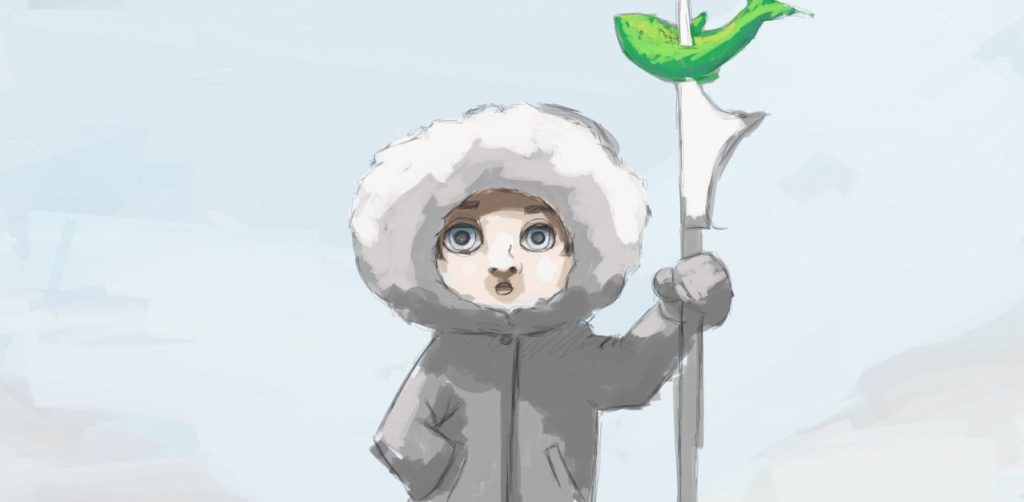
When I was about seven-years old, I found a small handmade book chronicling the life and times of “the littlest Eskimo.” It was a book that my grandfather wrote and illustrated, and he was the same age when he made it that I was when I found it years later. The story was a sad and desolate tale about a small boy who had no family and lived out in the wilds, alone.
I showed the book to my grandfather, Howard Jr., and asked him about it. He told me stories about how his father, Howard Sr., used to travel to Alaska. It turns out that my great grandfather fancied himself a character similar to Howard Hughes—part entrepreneur and part adventurer.
My father has described Howard Sr. as a man that was ahead of his time and that he suffered from being born in the wrong era. Howard Sr. was an “idea man” and a passionate dreamer. My dad says that my great grandfather would have thrived in the tech industry, like a Bill Gates or a Steve Jobs.
Howard Sr. never received a college education and as my dad puts it, ‘Never worked a day in his life.’ Howard Sr. saw his future in the industrial revolution and tried to make deals and figure out how he could profit from such a time of change. Unfortunately, his ideas and dealings never came to fruition and he put his son, my grandfather, to work as soon as he ran out of money to support his endeavors.
Piecing together the past
With so many years passed, it’s difficult to reconstruct who Howard Sr. was as a person. My grandad passed decades ago and The Littlest Eskimo illustrated book he made has long since disappeared. My dad and his siblings remember stories, but most stories aren’t first-hand accounts. And as time has passed, their tales have grown into more lore than fact. A couple years ago, I found business correspondence and a book of clippings chronicling my great grandfathers unsuccessful run for local political office. This collection of writings and clippings have given me some understanding of my great grandfather’s activities but they didn’t explain who Howard Sr. was as an individual or a father.

What has always rang truest and stayed with me was the tale of the Eskimo boy written by my grandfather. A small child writing a long and elaborate story about isolation and being lonely is heartbreaking. It makes me wonder about Granddad’s childhood. Howard Jr. clearly romanticized about Alaska at a young age, idolizing his father and probably hoping for his return.

My grandfather, Howard Jr., was an artist and also a dreamer like his dad. Granddad didn’t have the luxury to chase his dreams like his father and had to support Howard Sr. and his mother, Angela, once he became an adult instead of going to college and becoming an artist. All of Howard Jr.’s jobs and obsessions all point back to his adoration for his father.
Like his father, Howard Jr. wasn’t afraid to try his hand at many professions. He owned and ran a corner store and was also a furrier with a full studio in his basement. Grandad dealt with many trappers and fur traders. I’m sure that there were many tales of traders recounted by Howard Sr. that peeked Grandad’s curiosity. When he was Grandad was a young adult, he enlisted in the Navy to see the world, like his father, even though he didn’t have the means like his dad.
Looking at all the clues of the past, I can see that there are connections between the two men and parallels in there lives even though they lived on different economic scales.
My story (so far)
For my graphic novel, I want the narrative to be about the love and dreams shared by a father and son. The story is set in the early 1900s. I’ve never done any art that’s set in a period before and I found the notion of portraying a different time very intimidating.
Researching the transportation, fashion, and interiors of the Edwardian era was overwhelming and the thought of being factually inaccurate prevented me from making decisions. I had to get over the idea of being wrong and just start making choices for visual elements and styles. I couldn’t let being incorrect prevent me from creating anything at all.
Another big issue that I’ve been struggling with is how much to include of Inuits (Eskimos) in the arc of the narrative. I don’t want people to think of my story as the co-opting a culture. The story development has stalled out once Alaska becomes the characters’ main environment. I’ve tried writing out the story beats to help me make decisions, but I think including Inuit culture is a huge part of the story and needs to be told. I’m going to try to reach out and partner with potential advisors for the script to make sure that I’m being both accurate and sensitive.
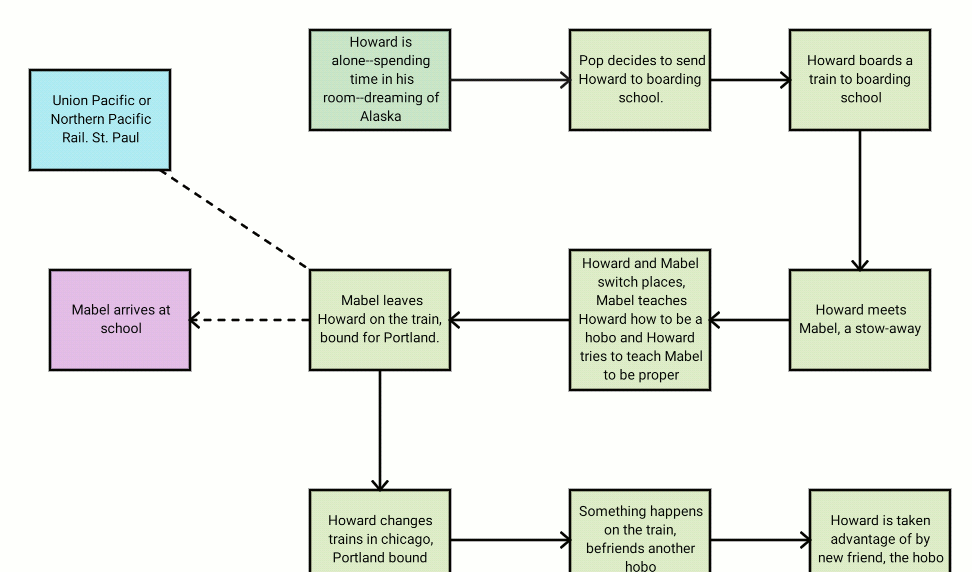
Hard decisions on software
I wanted to focus on using FOSS software to create the art. I would have liked to have used Linux as my main operation system but using my Android tablet as a primary device drove a lot of my decision-making.
Medibang Paint
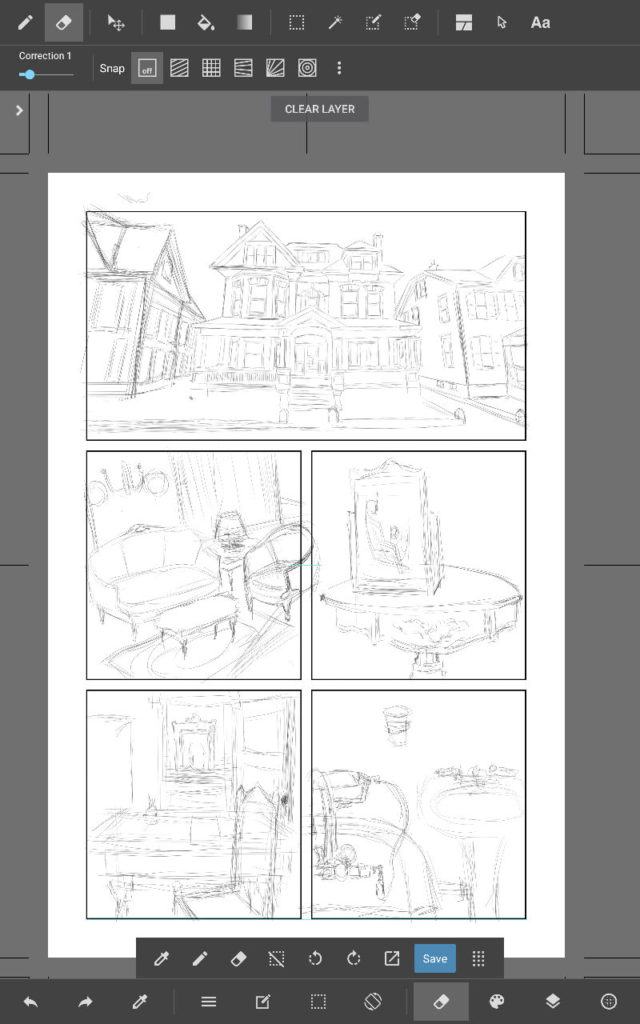
There were only a handful of possible illustration software contenders for creating my graphic novel. Last year, I discovered Medibang Paint when I bought a Samsung Galaxy Note Pro (Read my Android App Showdown blogpost for the full details). Medibang is free software that’s on most platforms—iOS, Android, Mac, and Windows. It’s not the strongest of all the apps I considered, but Medibang offers everything I need and want for creating comic pages. Plus, Medibang gives me the ability to work on my wacom-enabled tablet so I’m not tethered to a desk.
A major plus is that Medibang was build for comic creation in mind and I can format pages, margins, and set up art panels easily. I wish that Medibang had a Linux version for their desktop app, but that’s a tradeoff I was willing to make for tablet portability. Programs like Krita and MyPaint have more brush options and more advanced brush engines, but Medibang suits my needs since the art will have a simple B&W pen and ink look.
Since I first discovered Medibang, they have updated their software numerous times, continuously improving on the overall experience. In future blog posts, I’ll write about how I set up templates and how I incorporated my Medibang cloud account to create a templated workflow. Creating the proper workflow has been trial and error since there are few, if any, workflow tutorials out there for creating comics in Medibang.
Scribus
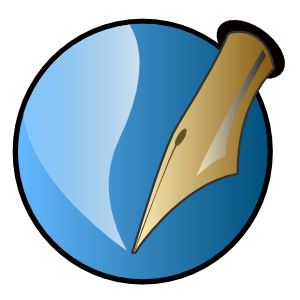 For this book, I wanted my design to follow a more rigid grid of panels, like designs created in golden-aged comics. It was easy to quickly create a grid in Scribus that I could export as an image and use as a guide for different panel layouts in Medibang.
For this book, I wanted my design to follow a more rigid grid of panels, like designs created in golden-aged comics. It was easy to quickly create a grid in Scribus that I could export as an image and use as a guide for different panel layouts in Medibang.
I’ve discovered it’s difficult to create or edit panels using the panel (material) tools in Medibang’s tablet app. Making panels is a snap to create using their desktop app though. So as a simple solution, I used the Medibang desktop app to create different panel layouts and then synced them to my Android app via my Medibang cloud account. Work arounds like this make it essential for me to use both the desktop and tablet Medibang apps while working.
Gimp
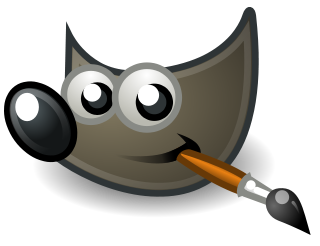 I’ve been reducing reference images file sizes in Gimp so I can import them into Medibang without compromising performance on Android. I’m sure that Gimp will come in handy later in the production process.
I’ve been reducing reference images file sizes in Gimp so I can import them into Medibang without compromising performance on Android. I’m sure that Gimp will come in handy later in the production process.
DrawExpress and PureFlow
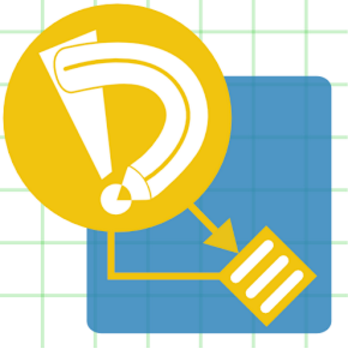 To get a sense of the story and the characters, a friend early on recommended that I create mind maps of the story beats and character traits. I found the process helpful for defining the characters and their motivation. I started using PureFlow, which is freeware on the iPad. There wasn’t an Android equivalent for PureFlow, so I decided to pay for DrawExpress, an app that’s available on both OSes. This is one of the two paid tools I’ve used so far.
To get a sense of the story and the characters, a friend early on recommended that I create mind maps of the story beats and character traits. I found the process helpful for defining the characters and their motivation. I started using PureFlow, which is freeware on the iPad. There wasn’t an Android equivalent for PureFlow, so I decided to pay for DrawExpress, an app that’s available on both OSes. This is one of the two paid tools I’ve used so far.
Hanx Writer
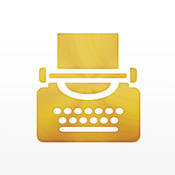 I’ve always been a fan of Hanx Writer and only wish there was something comparable on Android. It simulates the feel of typing on a manual typewriter. For some reason this really helps me get past my writing block/anxiety and I can focus on the story at hand. The clacking rhythm of the keys and the physicality of the app makes the writing process a less sterile experience. It’s the only app that I use on my old iPad. This is the second paid app that I’m using. Using this app really brings joy to writing and I don’t know what I’d do without it.
I’ve always been a fan of Hanx Writer and only wish there was something comparable on Android. It simulates the feel of typing on a manual typewriter. For some reason this really helps me get past my writing block/anxiety and I can focus on the story at hand. The clacking rhythm of the keys and the physicality of the app makes the writing process a less sterile experience. It’s the only app that I use on my old iPad. This is the second paid app that I’m using. Using this app really brings joy to writing and I don’t know what I’d do without it.
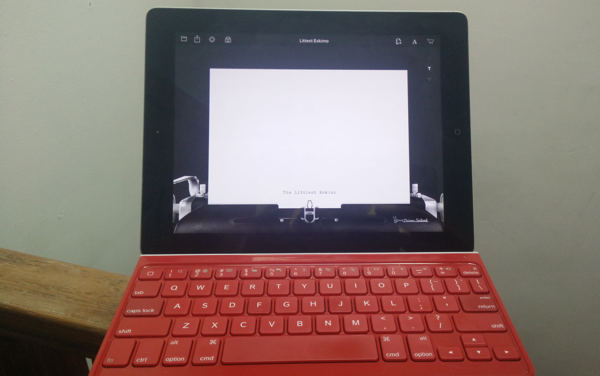
Reference materials
Here’s a short list of some useful sites and resources that I’ve used to research writing about the early 1910s. I’m certain that the list will grow as I continue to learn about Alaska and its people.
Archive.org
Archive.org has been an invaluable resource of books, films, and imagery from the time period. I’ve learned tons about train routes, Alaska at the turn of the century, and Edwardian times. Archive.org has made it possible for me to dive deep into the content to get the info and answers that I need. If you’re doing any type of period research, I’d strongly recommend starting there first .

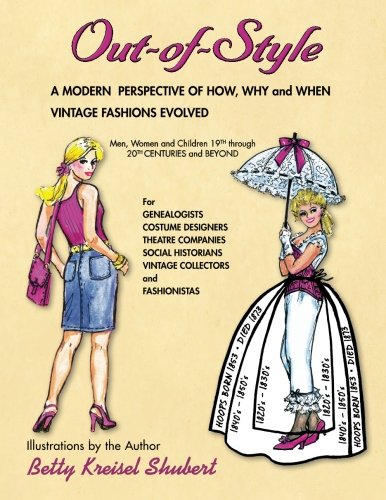
Out of Style: A Modern Perspective of How, Why and When Vintage Fashions Evolved
A couple weeks ago, I was at the Martin Luther King (MLK) Library killing time and checking if they had any good books on period clothing when I came across Out-of-Style by Betty Kreisel Shubert. The book reads like a CliffNotes guide to fashion, dissecting decades of clothing from the 19th and twentieth centuries. It’s informative, illustrative, and direct. Even though I’m only interested in reading about fashion from the early 1910s, I ended up reading the book from cover-to-cover. I learned a lot of history, societal norms, and wonderful anecdotes tied to the evolution of attire. I couldn’t put the book down and even found it essential to purchase it for my personal collection. The book’s geared to people who are researching ancestry and trying to date photography by using hair and dress as potential period indicators, but I found it priceless as an artist looking to understand fashion by the decade.
New York Public Library Digital Collections
If you’re in search of good reference imagery, look no further than the New York Public Library Digital Collections. I found gobs of great imagery for hair and fashion for men and women from the early 20th century. The site is easy to search and you can download what you need for later.
Pressure to produce
Now all the ducks are in a row, it’s “showtime”! In past two weeks, I’ve written ten pages of story and drawn two pages with the hopes of completing 150 pages by the time this project is completed. As a next step, I’ll be creating a production schedule and goal dates.

